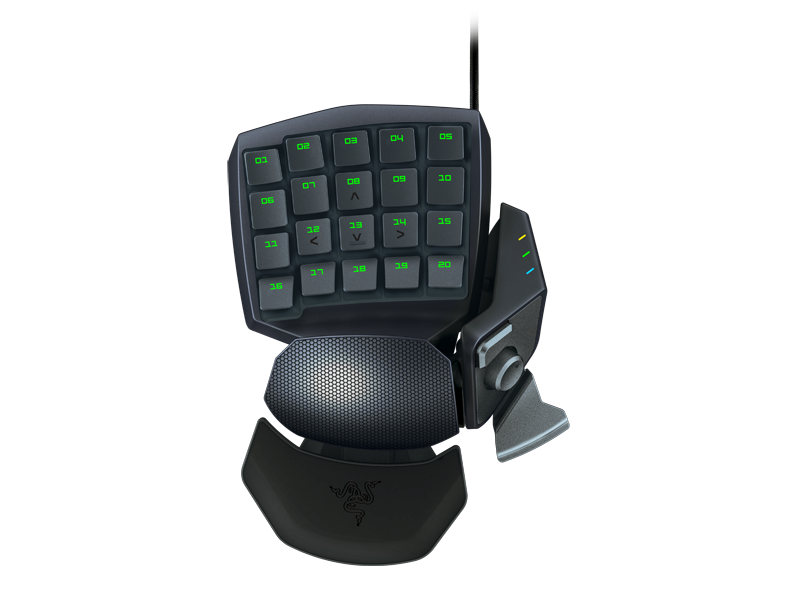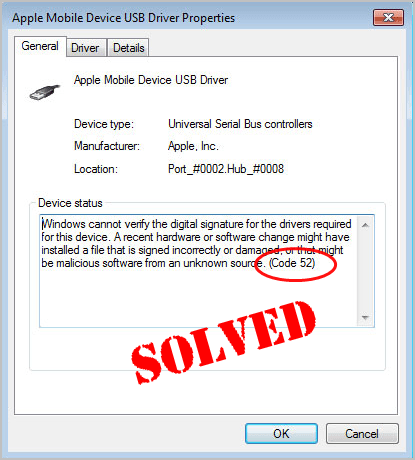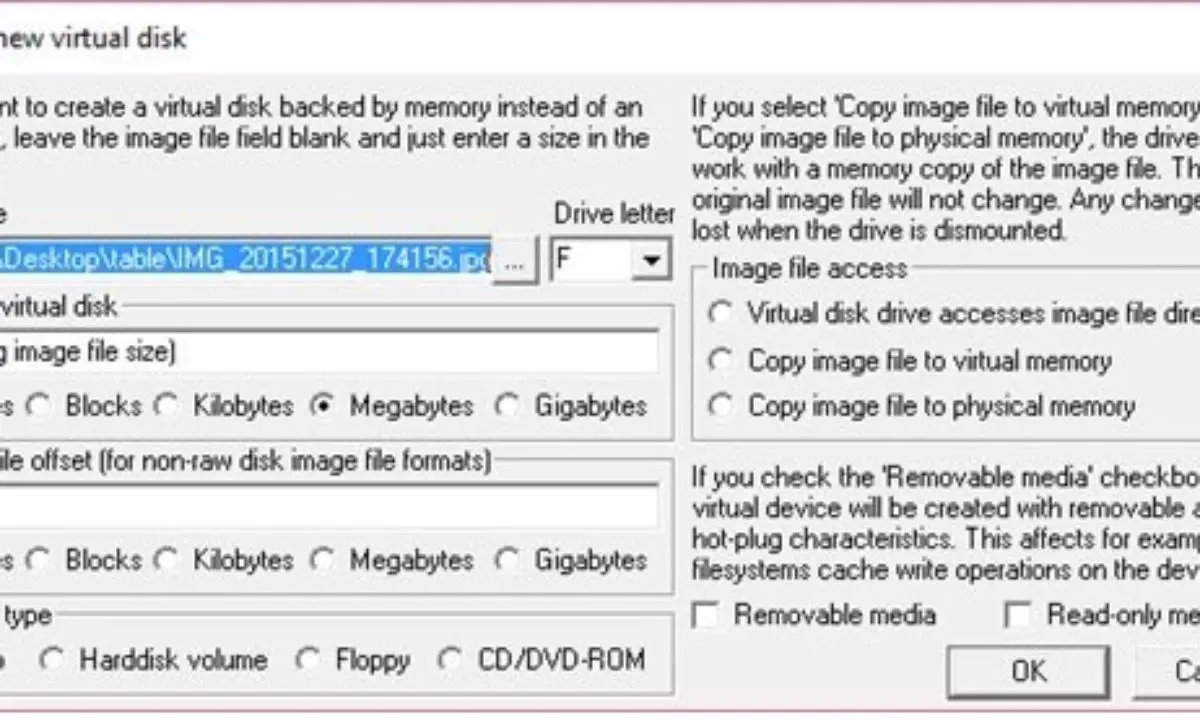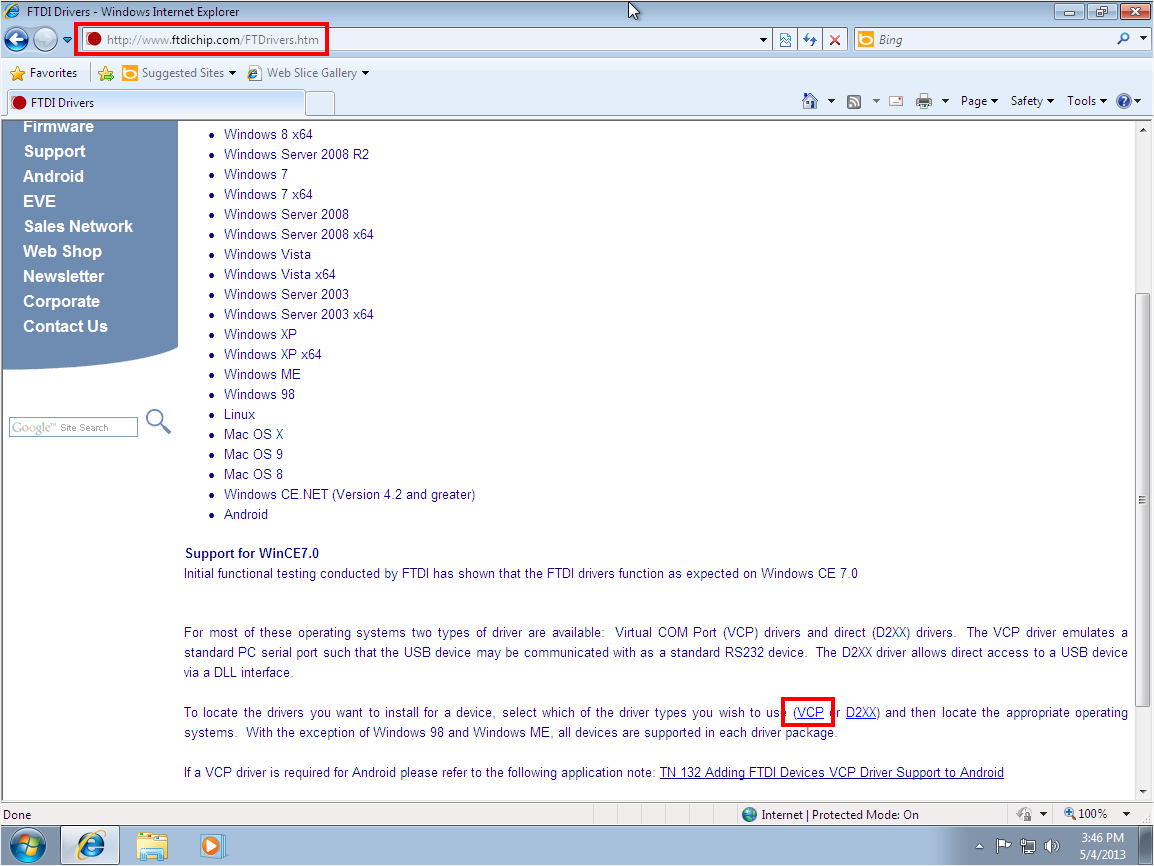As you may know, Windows 7 doesn't support USB 3.0 by default. This is also why the installation of Windows 7 from an USB 3.0 key requires a little manipulation beforehand.
The VirtualHere USB Client runs on Windows, OSX, Linux and Android. The client was created to be intuitive and extremely easy to use. The client needs to be run on any machine that wants to use USB devices shared by the VirtualHere USB Server. Simply click the link below, save the downloaded file to the Desktop, and run. Apr 05, 2005 The Microsoft USB Flash Drive Manager will help you backup and restore presentation, pictures, songs and applications from and to USB Flash Drive devices and take them with you. The application can also help you to classify and name USB Flash Drives images (for instance 'My network configuration' or 'The pictures for my grandma') and lets you. Usb virtual driver free download. USB Virtual Host Controller Interface This project consists of a linux kernel driver and some user-mode libraries. They allow a process to. Virtual COM port (VCP) drivers cause the USB device to appear as an additional COM port available to the PC. Application software can access the USB device in the This page contains the VCP drivers currently available for FTDI devices. For D2XX Direct drivers, please click here. Starting from Windows ® 10, the STSW-STM32102 driver is no more adequate and the usage of the native inbox driver is recommended. Key Features Virtual COM port driver installation package for Windows ® operating systems: 98SE, 2000, XP, Vista ®, 7, and 8.x.
In short, because Windows 7 supports USB 2.0 by default and not USB 3.0, VirtualBox defaults to an USB 2.0 controller when you create a virtual machine to install Windows 7.
This is visible in the device manager in your virtual machine running Windows 7.
To use an USB 3.0 controller in a VirtualBox virtual machine under Windows 7, you must first go to the USB section of your virtual machine's settings.
Then, select : Controller 3.0 (xHCI).
In the Windows 7 guest operating system, you will see that Windows couldn't automatically install the driver for the used USB bus controller since it doesn't support it by default.
In the device manager, this 'Universal Serial Bus (USB) Controller' will appear with a yellow icon as there is no driver for this device.

To solve this problem, you had to download and install the 'USB 3.0 Driver: Intel® USB 3.0 eXtensible Host Controller Driver for Intel® 7 Series/C216 Chipset Family' provided by Intel.
Nevertheless, as was stated on the official website of Intel, this 'product' was at the end of life.
And today, this page and this driver are no longer available from their official website.
Fortunately, the 'Archive.org' site had saved these pages, as well as the associated driver.
So, you can download this official 'Intel USB 3.0 eXtensible' driver via the archive.org cache.
Once installed, Windows 7 will recognize this new USB 3.0 controller.


And you will find 2 new devices in the device manager :
- Intel(R) USB 3.0-Root-Hub
- Intel(R) USB 3.0 eXtensible-Hostcontroller
The VirtualHere USB Client runs on Windows, OSX, Linux and Android. The client was created to be intuitive and extremely easy to use. The client needs to be run on any machine that wants to use USB devices shared by the VirtualHere USB Server.
Simply click the link below, save the downloaded file to the Desktop, and run. For advanced users, the client can run as a service, and is controllable using an API and supports SSL
The software will automatically find USB devices shared by VirtualHere USB Servers on the network. Available USB devices will be displayed in a tree. Right click on the device you want to use and select Use. It will then appear to be directly connected to your machine and can be used just like a local device!
Windows:
OSX:
Kinds Of Usb Devices

Linux:
Please click on a link below to download: Version 5.1.5 (Changes) (SHA1SUM)
WINDOWS:
VirtualHere Client for Windows (32-bit, Win10/Server2012R2 or later)
VirtualHere Client for Windows (64-Bit Win10/Server2012R2 or later)
OSX:
VirtualHere Client for OSX 10.9.5 / 10.10 / 10.12 / 10.13 / 10.14* / 10.15* / Not 11 ( * support for some USB devices)
LINUX GUI:
VirtualHere USB Client for Linux uses the built-in Linux usbip driver. (It is recommended to use the latest kernel (4.9+) for maximum compatibility)
Most linux versions have this compiled and enabled, if not see here.
If you want to run the VirtualHere USB Client for Linux with a Graphical User Interface (GUI) choose from the following clients:
Virtual Usb Devices Driver Downloads
VirtualHere Client for Linux (i386)
VirtualHere Client for Linux (amd64)
VirtualHere Client for Linux (armv7-a)
LINUX AND ANDROID CONSOLE MODE:
If you want to run VirtualHere USB Client for Linux in console only mode, choose from the following files
Because the console client is 100% statically compiled and requires no runtimes it will run in any edition of Linux AND ANDROID that has usbip compiled in.
See here for how to use the console client

What Is A Usb Devices
VirtualHere USB Console Client for Linux (amd64)
VirtualHere USB Console Client for Linux (i386)
VirtualHere USB Console Client for Linux (armhf)
VirtualHere USB Console Client for Linux (aarch64)
VirtualHere USB Console Client for Linux (mipsel)